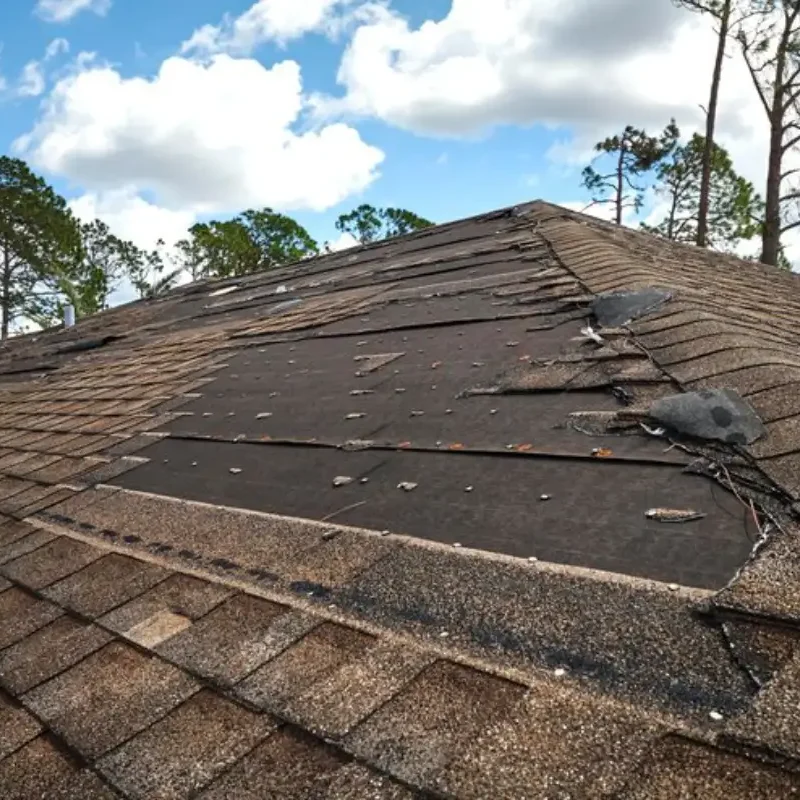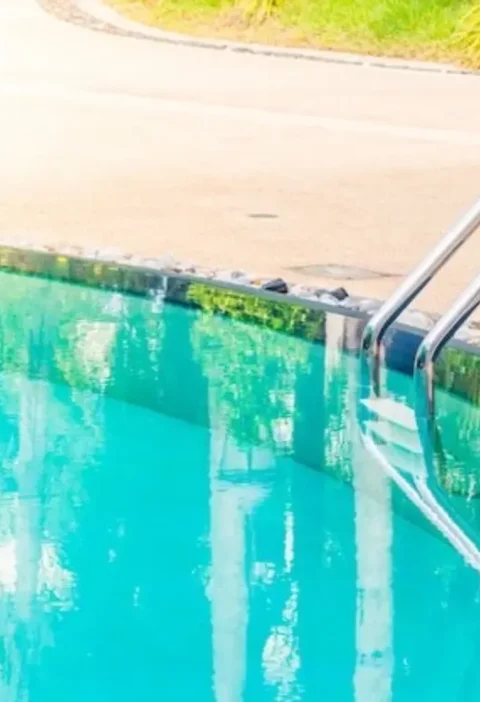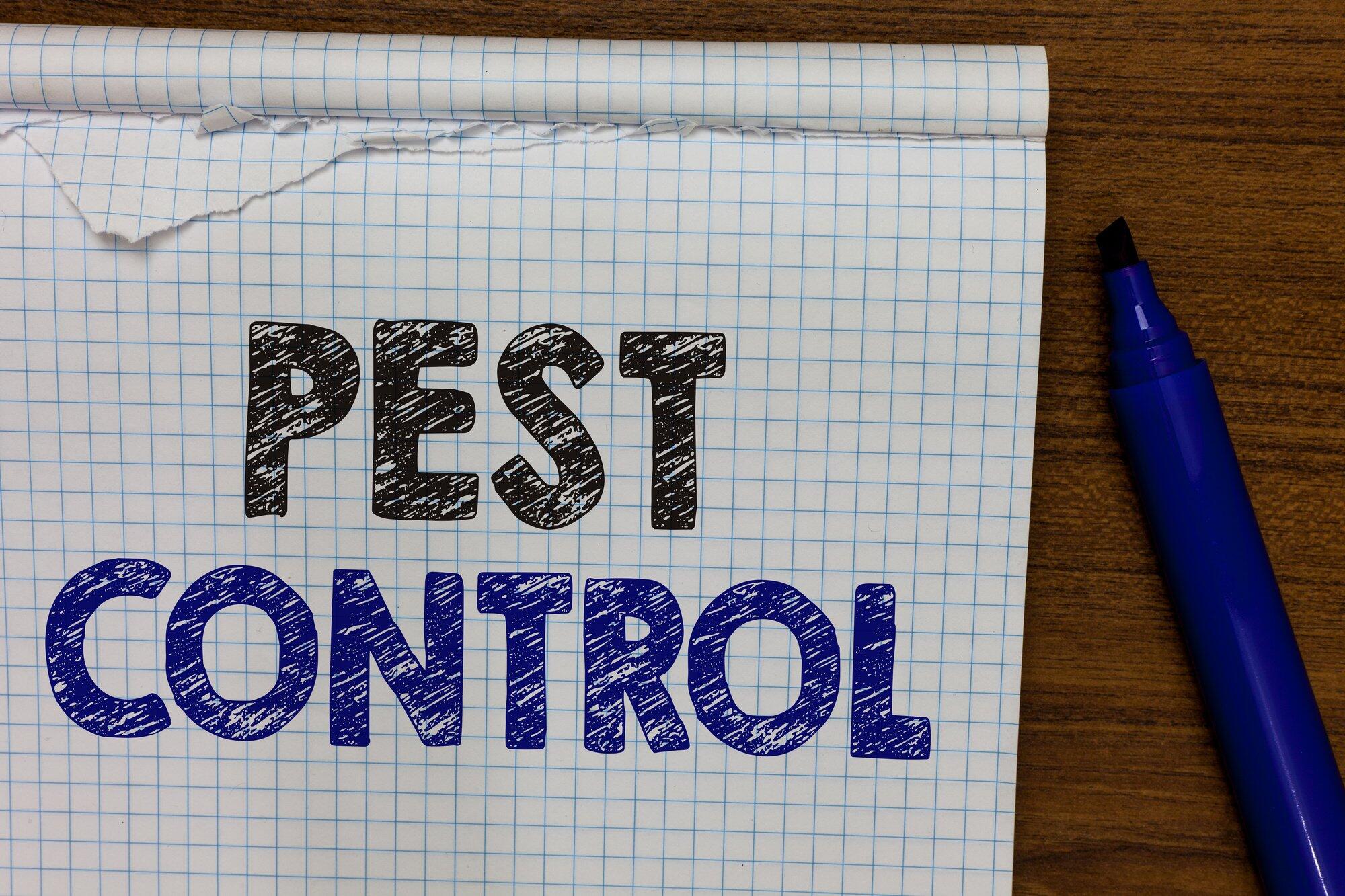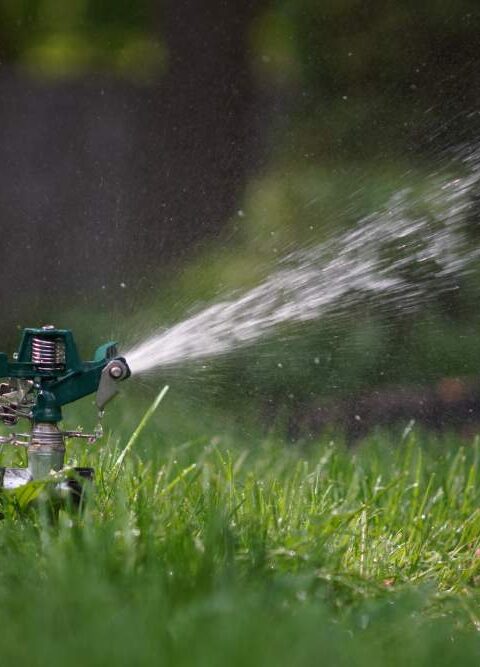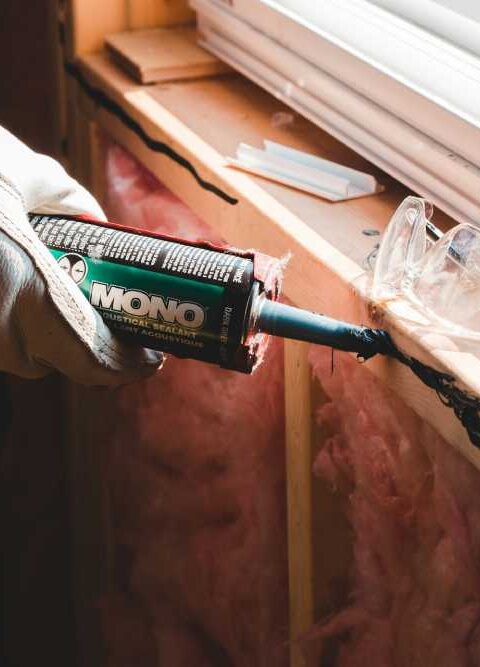Your home’s roof is its first line of defense against the elements, critically safeguarding the interior from external influences. Given the roof’s pivotal role, keeping it in optimal condition involves regularly identifying and addressing any early signs of damage.
Proactive inspection and timely remediation can help preserve the roof’s structural integrity, preventing what could become costly repairs or potential content damage within your home. Understanding the common indicators of damage and assessing them is key to maintaining a longer-lasting roof that continuously performs to its full potential.
The Importance of Early Detection
Identifying roof damage in its earliest stages can save homeowners significant time and money. Many people overlook minor issues, allowing them to worsen over time, potentially leading to severe structural damage or a complete roof replacement. Early detection is crucial for avoiding such scenarios and maintaining your home’s comfort, efficiency, and safety.
Regular roof inspections are highly recommended, particularly following severe weather events that might affect your roof. Collaborating with roofing experts, such as those at Pickle Roofing, can provide professional insight and guidance to homeowners, helping them navigate repair processes and preventive strategies effectively.
Signs of Leaks and Water Damage
Water damage is one of the most visible and problematic signs of roof issues. Indicators of leaks include dark spots or stains on ceilings, areas of dampness, particularly near chimneys or fireplaces, or peeling paint on ceilings and walls. Even small leaks can indicate more significant problems behind roofing materials, such as gaps or failing seals.
Prolonged exposure to moisture might foster mold growth, further compromising the roof’s structure and your health. Inspecting attics, ceilings, and drywall regularly helps detect these issues early. Employing moisture meters or infrared tools can assist in finding hidden moisture, guiding more precise interventions. By addressing leaks promptly, homeowners can prevent escalations and preserve their home’s structural integrity.
Inspecting Shingle Condition
The condition of roof shingles is a direct indicator of the overall health of your roof. Common issues to look for include curling, cracking, or missing shingles, often resulting from age, temperature fluctuations, or weather exposure.
Discoloration or dark patches can signify algae growth, while granular loss from shingles might result in bald spots or clogged gutters. Regularly inspect the roof from ground level using binoculars or from an elevated viewpoint with caution, focusing on any irregularities that could suggest deeper problems. Promptly replacing damaged shingles prevents them from compromising the roof’s watertight capabilities and avoids further moisture infiltration.
Evaluating Eaves, Gutters, and Drainage
Roof drainage systems, including gutters and eaves, play an immense role in effectively directing water away and protecting the roof structure and the home’s foundation. Clogged or damaged gutters can cause water to overflow, leading to possible structural damage or interior leaks. Look for signs of loose, sagging, or blocked gutters and clear any obstruction regularly to maintain optimal water removal.
Moreover, inspect your downspouts to ensure that they’re effectively channeling water away from your home’s foundation. Notice persistent drainage issues despite maintenance efforts. Modifying the slope or installing supplemental drainage solutions might be necessary to ensure comprehensive water management and avert any buildup-related damage.
Checking Flashing and Seals
Flashing and sealing around chimneys, vents, and skylights are critical for ensuring a watertight roof assembly. These materials can be prone to weather-induced deterioration, manifesting as rust, visible cracking, or separation. Damaged flashing and failed seals are common entry points for water infiltration into some of your roof’s most vulnerable locations.
Regular inspections should carefully examine these areas, paying close attention to any visible gaps, corrosion, or failed adhesion. Repairing or replacing compromised flashing and resealing joints as needed can fortify roof integrity, preventing leaks from forming and ensuring your home’s protection against moisture-related damage.
Structural Sagging and Deformation
Sagging or deformation in your roof’s structure often signals significant underlying issues. Causes include longstanding water damage, extra weight from accumulated snow, or deterioration of supporting beams or trusses. Any visibly sagging rooflines or uneven surfaces are critical indicators that require immediate attention.
Assess roof decks for softness underfoot, another sign of potential damage threatening the roof’s structural stability. Consultation with experienced roofing professionals is essential for diagnosing the cause of these conditions and determining the most fitting corrective actions. Promptly addressing structural issues as they arise is vital for maintaining the safety and longevity of your roof while avoiding any complications.
Conclusion
Your roof is one of the most pivotal components of your home, and ensuring it remains in good condition is vital to protecting your investment. By understanding and identifying early signs of roof damage, proactive maintenance becomes manageable rather than reactive and challenging. Regular, thorough inspections coupled with swift repairs prevent minor issues from escalating and help sustain the integrity and efficiency of your roof.
Employ a systematic approach to regularly inspect leaks, shingles, drainage systems, flashing, and structural integrity. Should significant concerns arise, professional guidance ensures that issues are addressed efficiently and effectively. The sustained health of your roof ultimately protects your home from the top down, granting you security and peace of mind as a homeowner.

